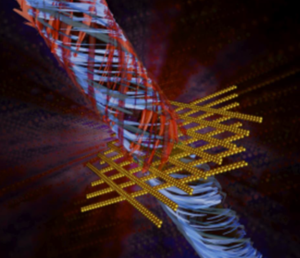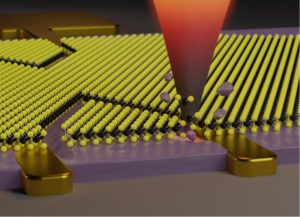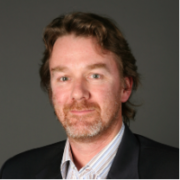Nanofabulous Seminar: From bioinspired structure formation to particle-based metamaterials

Metallic nanoparticles offer a range of interesting optical and electronic effects. A prominent example is the localized surface plasmon resonance (LSPR) due to resonant excitations of vibrations of the particles’ free-electron cloud by light. Due to the LSPR, plasmonic nanoparticles provide excellent means for controlling electromagnetic near-fields at optical frequencies, which has led to a broad range of applications in various field such as surface enhanced spectroscopy, light harvesting or photonics.
While much research has been dedicated to understanding nanoparticle synthesis and tailoring their LSPR on the single particle level [1-3], ordering particles on different length scales opens another powerful avenue towards optical and electronic functionality, as novel collective plasmonic excitations are occurring due to plasmonic coupling effects.
We focus on achieving such ordered particle arrays via assembly approaches. Colloidal self-assembly indeed succeeds in achieving well-defined colloidal clusters [4] and surface assemblies [5] in which coupling effects can be controlled. Especially when combined with biomimetic surface structuring, large area assemblies are feasible. We discuss the underlying physico-chemical principles of the assembly process and the arising plasmonic coupling effects [6,7]. Finally, we highlight perspectives for taking this assembly principle to meta-surfaces with high field enhancement and/or ultra-high circular dichroism [6, 8].
4:00pm, 13/04/2023
At the Melbourne Centre for Nanofabrication Boardroom
151 Wellington Road, Clayton, 3168
Prof Andreas Fery Head of the institute for Physical Chemistry/Polymer Physics Leibniz Institut für Polymerforschung Dresden T: +49 351 4658 225 E: fery@ipfdd.de
Click here for more information
Nanofabulous Seminar: Hot tip nanoengineering: 30 years and counting

Abstract
Soon after the first publication in 1985 of the atomic force microscope (AFM) attempts were made to extend AFM-based surface probing from microscopy to lithography. In this talk, I will start by giving some background how heated AFM probes were initially designed and microfabricated that led to today’s advanced thermo-mechanical probe design. The paper will then review some of our own work in t-SPL writing and pattern transfer, as well as our recent work on functional material, including silk and 2D materials. Download flyer here.

Juergen Brugger
Professor of Microengineering at EPFL
3:00pm, 27/04/2023
At the Melbourne Centre for Nanofabrication Boardroom
151 Wellington Road, Clayton, 3168
Zoom link: click here
Meeting ID: 825 8329 3989 and passcode: 895050
BEAMeeting Brisbane 2023 – Technical Workshop & Discussion

The BEAMeeting is a technical exchange and upskill platform for the microfabrication community focused on e-beam, laser, process correction, and metrology. We have the privilege to invite GenISys, who specialises in software solutions for direct write lithography and automated SEM analysis to co-establish the first of its kind BEAMeeting in Australia, hosted by The University of Queensland.
The talks will be focused on research works in the Australian universities and start-ups on the use of advanced manufacturing in lithography, with topics of nanophotonics, MEMs, quantum sensors and automated metrology.
Tuesday 11 April – Wednesday 12 April 2023
University of Queensland, Brisbane
In person and online
Click here for more information and to register


